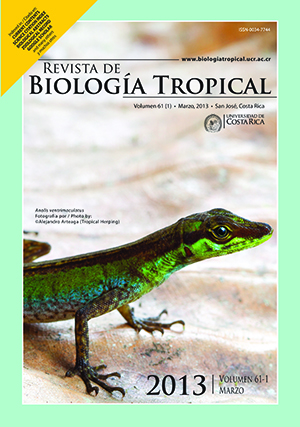Abstract
Topography is a factor that can significantly affect the diversity and the distribution of trees species in tropical forests. Aniba perutilis, a timber species listed as vulnerable to extinction, is widely distributed in Andean forest fragments, especially in those with highly variable topography. Based on field surveys and logistic regression analyses, we studied the population structure and the effect of highly variable topography on the spatial distribution of this tree in three protected forest fragments in the central Andes of Colombia. Individuals of A. perutilis were mainly found on mountain ridges and hills with gentle slopes; no individuals were found in valleys. Using a species distribution model with presence/absence data, we showed that the available habitat for A. perutilis is significantly smaller than the extension of the fragments and much smaller than the extension of the currently protected areas. Our results have important implications for the conservation of A. perutilis and likely for other threatened Andean tree species, which can also have locally restricted distributions due to highly variable local topography.##plugins.facebook.comentarios##
Downloads
Download data is not yet available.






